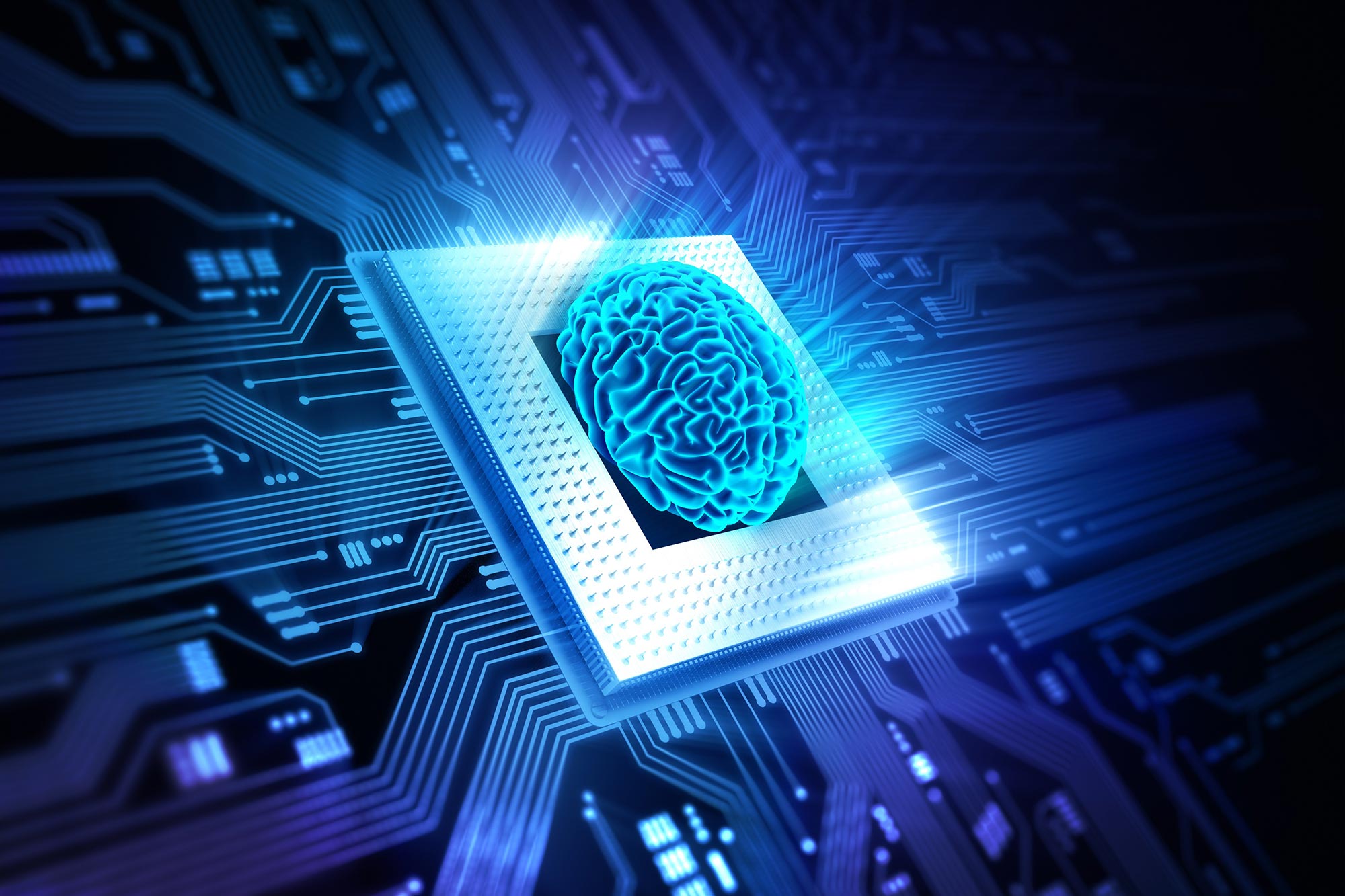The researchers used combat video game algorithms to analyze the movement of molecules within brain cells, a method previously used to track bullets. This innovative approach has shed light on the activity of brain cells, paving the way for advances in neuroscience research.
Researchers from the University of Queensland applied an algorithm from a video game to study the dynamics of molecules in living brain cells.
Dr Tristan Wallis and Professor Frederic Meunier of the Queensland Brain Institute at the University of Queensland came up with the idea during lockdown during COVID-19 pandemic.
“Combat video games use a very fast algorithm to track the trajectory of bullets, to ensure that the right target on the battlefield is hit at the right time,” said Dr. Wallis. “The technology is optimized to be very accurate, so the experiment looks as realistic as possible. We thought a similar algorithm could be used to analyze tracked molecules moving around inside a brain cell.”
Until now, technology has only been able to detect and analyze particles in space, not how they behave in space and time.
“Scientists use super-resolution microscopy to examine living brain cells and record how the tiny molecules within them aggregate to perform specific functions,” said Dr. Wallis. “Individual proteins are bouncing and moving in a seemingly chaotic environment, but when you observe these molecules in space and time, you start to see order within this chaos. It was an exciting idea — and it worked.”
Super-resolution imaging of Syntaxin 1A in file plasma membrane. Credit: the authors
Dr. Wallis used coding tools to build an algorithm that is now used by many labs to collect rich data about brain cell activity.
“Instead of tracking bullets for video game villains, we applied the algorithm to observe particles clumping together – which ones, when, where, for how long and how often,” said Dr. Wallis. “This gives us new information about how molecules perform critical functions within brain cells and how these functions may be disrupted during aging and disease.”
Professor Meunier said the potential impact of this approach was exponential.
“Our team is already using technology to gather valuable clues about proteins such as Syntaxin-1A, which is essential for communication within brain cells,” said Professor Meunier. Other researchers are also applying it to different research questions. And we are collaborating with mathematicians and statisticians at the University of Queensland to expand how we can use this technology to accelerate scientific discovery.”
Professor Meunier said it was gratifying to see the impact of a simple idea.
“We used our creativity to solve a research challenge by merging two unrelated worlds of high technology, video games, and super-resolution microscopy,” he said. “It has brought us to new frontiers in neuroscience.”
Reference: “Hyper-resolved pathway-derived nanocluster analysis using spatiotemporal indexing” by Tristan B. Wallis, Anmin Jiang, Kyle Young, Hui Ho, Kei Kudo, Alex J. Rachel S. Gormal, and Frederic A. Monnier, June 8, 2023, Available Here. Nature Communications.
DOI: 10.1038/s41467-023-38866-y

“Amateur organizer. Wannabe beer evangelist. General web fan. Certified internet ninja. Avid reader.”




/cdn.vox-cdn.com/uploads/chorus_asset/file/25550621/voultar_snes2.jpg)


More Stories
Watch a Massive X-Class Solar Explosion From a Sunspot Facing Earth (Video)
New Study Challenges Mantle Oxidation Theory
The theory says that complex life on Earth may be much older than previously thought.